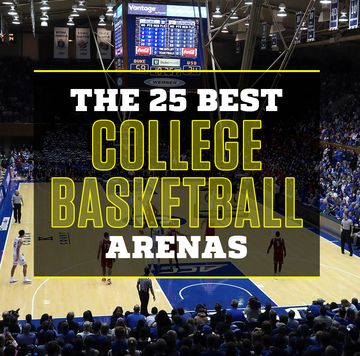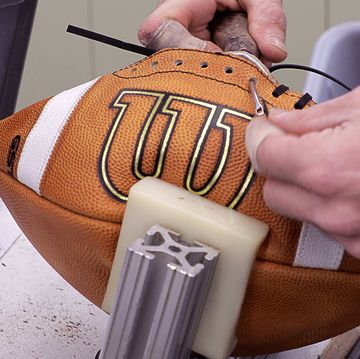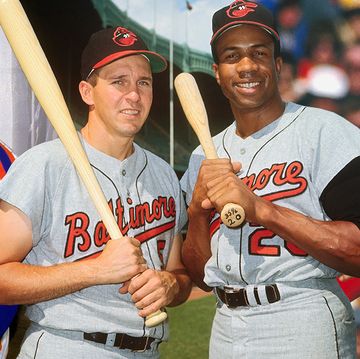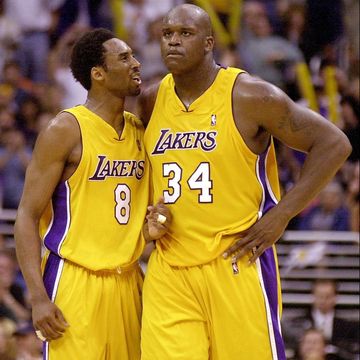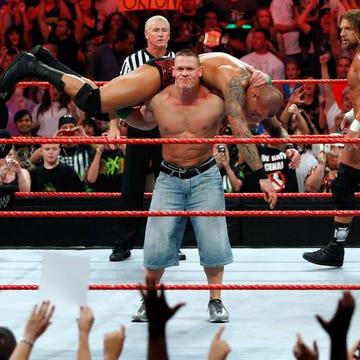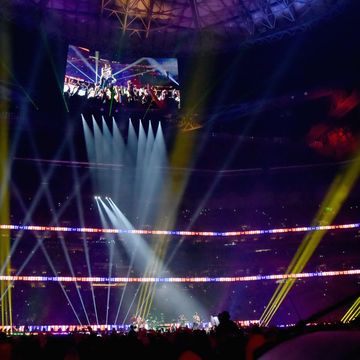It happens about 100 times a game in the National Football League: a bone-jarring tackle that slams a player to the turf. On the play shown in the photo above, Seattle Seahawks defensive back Marcus Trufant (23) drilled Philadelphia Eagles receiver Greg Lewis (83) with such force that Lewis couldn't hang on to the ball. (Seattle won the Dec. 5, 2005, game at Philadelphia 42-0 in the most lopsided shutout ever broadcast on Monday Night Football.) Incompletions and fumbles aren't the only consequences of such tackles. More than 100 concussions are recorded each season in the NFL. Given the size and speed of today's athletes, it's surprising that more gridiron warriors aren't carried off the field on their shields. For that, they can thank high-tech gear that protects them from the physics at play in the sport's fearsome collisions.
HALF A TON OF HURT
At 5 ft. 11 in. and 199 pounds, Marcus Trufant is an average-size NFL defensive back (DB). Those stats don't stand out in a league where more than 500 players weighed 300-plus pounds at the 2006 training camps. But a DB's mass combined with his speed -- on average, 4.56 seconds for the 40-yard dash -- can produce up to 1600 pounds of tackling force, according to Timothy Gay, a physics professor at the University of Nebraska and author of The Physics of Football.
HITTING THE DECK
Researchers rate a field's shock absorbency with a metric called G-Max. To measure it, an object that approximates a human head and neck (about 20 sq. in. and 20 pounds) is dropped from a height of 2 ft. A low G-Max means the field absorbs more energy than the player. Trufant and Lewis landed on grass in Philly's new stadium, which has a cushy G-Max of just over 60. Synthetic surfaces have G-Max ratings of up to 120. The hardest turf: frozen grass.
LUGGING THE G-LOAD
Most people associate high g-forces with fighter pilots or astronauts. But common earthbound events can also boost g's. Few things can match the g-load of a wicked football hit.
ENERGY DISTRIBUTION
A tackle with half a ton of force sounds like a crippling blow. But, according to John Melvin, an injury biomechanics researcher for General Motors and NASCAR, the body can handle twice that amount -- as long as the impact is well-distributed. That job usually is handled by the player's equipment, which spreads out the incoming energy, lessening its severity.
BODY ARMOR
According to Tony Egues, head equipment manager for the Miami Dolphins, shoulder-pad plastic hasn't changed much in 25 years, but it is now molded into designs with more right angles to deflect impacts. Players also rely on the helmet's solid shell and face mask to redistribute the energy of a collision.
MEMORY FOAM
During a tackle, foam padding beneath the plastic components of equipment compresses, absorbing energy and reducing the speed of impact. (The slower a hit, the less force it generates.) Visco elastic foam, which was invented by NASA to protect astronauts from g-forces during liftoff, retains its shape better than conventional foam, rebounding rapidly after hits.
SCHOOL OF HARD KNOCKS
According to a Virginia Tech study, a tackle like Trufant's probably caused Lewis's head to accelerate in his helmet at 30 to 60 g's. VT researchers gather data with the Head Impact Telemetry System, which employs sensors and wireless transmitters in helmets. "We see 100-g impacts all the time," says Stefan Duma, director of the university's Center for Injury Biomechanics, "and several over 150 g's."
CHINKS IN THE ARMOR
While Trufant and Lewis generally have enjoyed healthy careers, they (and other players) face the same nemesis: the dreaded knee injury. The knee's anterior cruciate ligament can withstand nearly 500 pounds of pressure, but it tears far more easily from side hits and evasive maneuvers. According to the Pittsburgh Tribune-Review, more than 1200 knee injuries were reported by the league between 2000 and 2003, accounting for one out of every six injuries -- by far the highest percentage in the NFL.
Additional reporting by Emily Masamitsu and Davin Coburn



